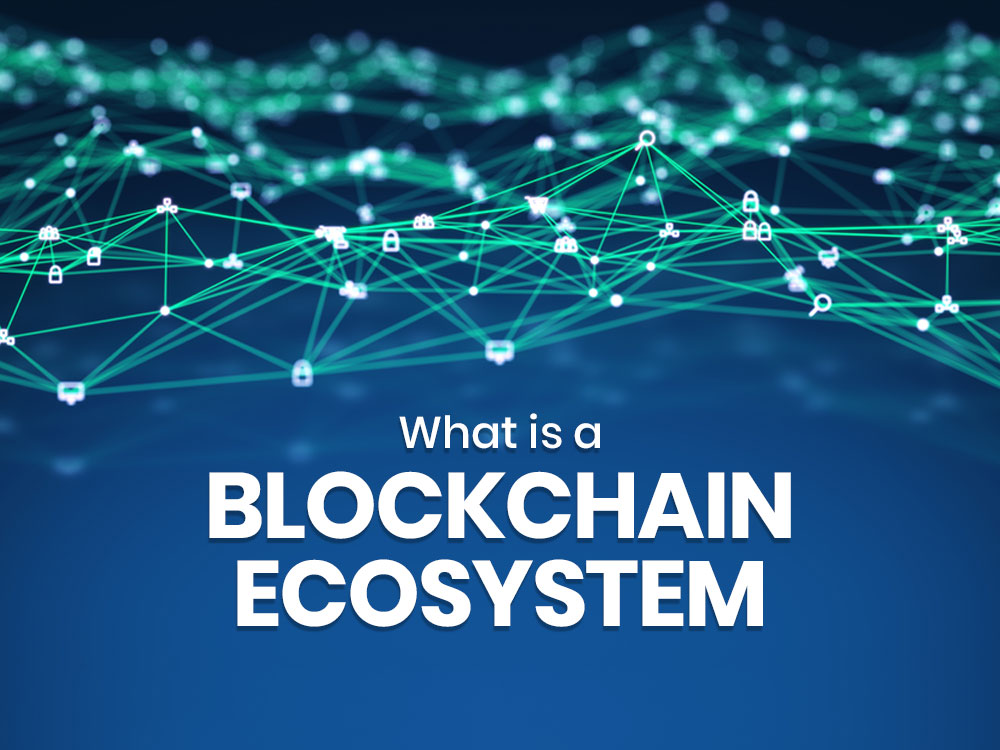The Blockchain Ecosystem is a group of people that interact with each other and the world around them to create a special environment. They do not necessarily know each other but work for a common goal in different geographical areas with no one person in control.
What is a block?
A block is the main component of Blockchain technology, or DLT (Distributed Ledger Technology). A bank ledger inputs data into tables, while DLT puts data into a block. Everyone in the network can participate on a global scale to manage the block’s data that becomes part of a chain of blocks. The blocks are timestamped, or hashed so that each data change is part of the chain—past, present, and future—for everybody to observe.
What DATA will be stored in Blockchain?
Data stored in a cryptocurrency Blockchain primarily consists of transactions and algorithms which miners are solving for. They are working to find the Nonce (Number Only Used Once). Once found, the miner earns the right to add the block to a previously mined block to form this chain of blocks we call the Blockchain—and earn their reward.
Why do we call this an Ecosystem?
Ecosystems in nature create a circle of life in which the whole ecosystem follows a specific purpose. Whenever a part of this circle or chain is missing, the whole circle of life is in danger.
While the defined dangers in a Blockchain ecosystem may be different, there is still one specific purpose for participants and no one part can exist without the other. For example, cryptocurrency miners solve mathematical puzzles to get a reward, users sell or buy the achieved reward which is cryptocurrencies—and all these transactions exist in the database known as Blockchain, creating the Blockchain ecosystem.
Users in the Blockchain Ecosystem
Blockchain Ecosystem participants each follow a different purpose but are all integral parts of the system. Some mine cryptocurrencies like Bitcoin, Ethereum, and other altcoins. Some invest in multiple computers and advanced equipment to get better results, faster. While others choose to integrate their mining power (by joining a mining pool) to lessen their consumption of energy, increase their chances of creating a block, and shorten their time spent earning a reward.
Conclusion
Think back twenty years ago and only a few people had any idea what Blockchain was, and even fewer were interested in how it could impact and change the world. Fast forward to today and it’s clear these virtual spaces hold real significance in how we exchange money and even how we live, work and play.
Individuals and businesses alike are beginning to understand how Blockchain technology provides a framework for doing all things cheaper, faster, and more transparently.
Its potential is exponential as projects across the globe are underway. Even countries are defining digital fiat currencies parallel with their official currencies.
